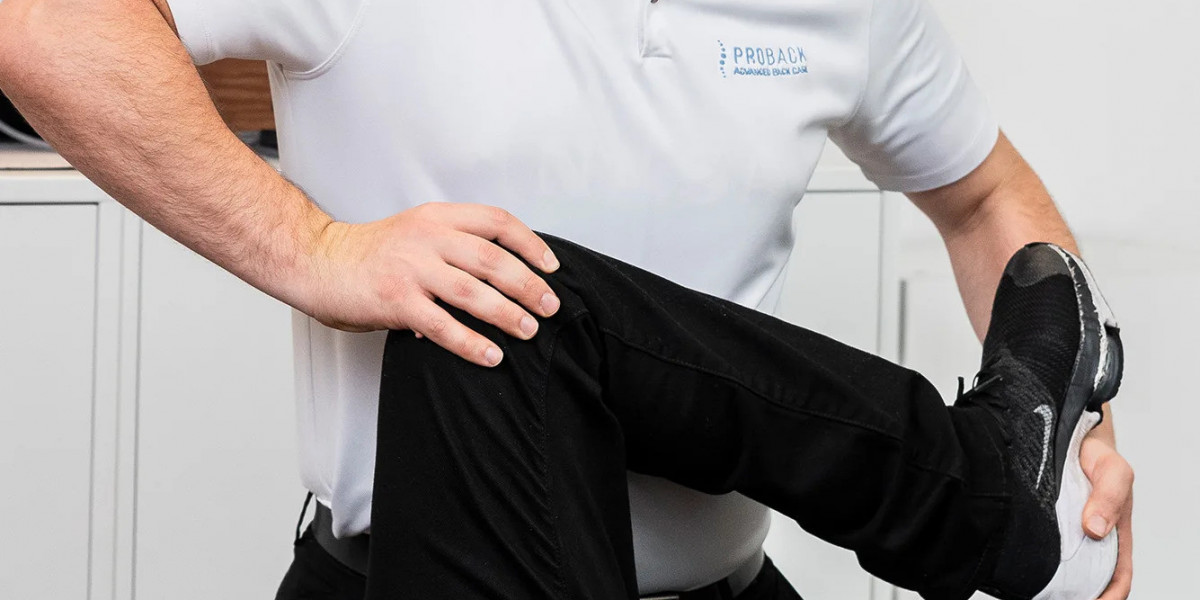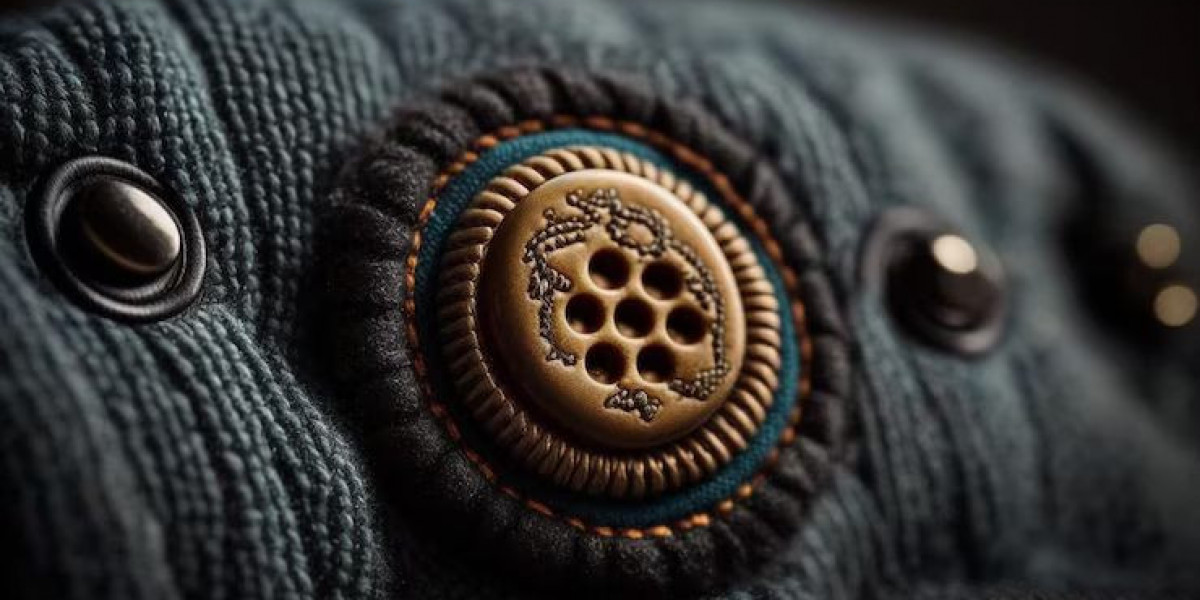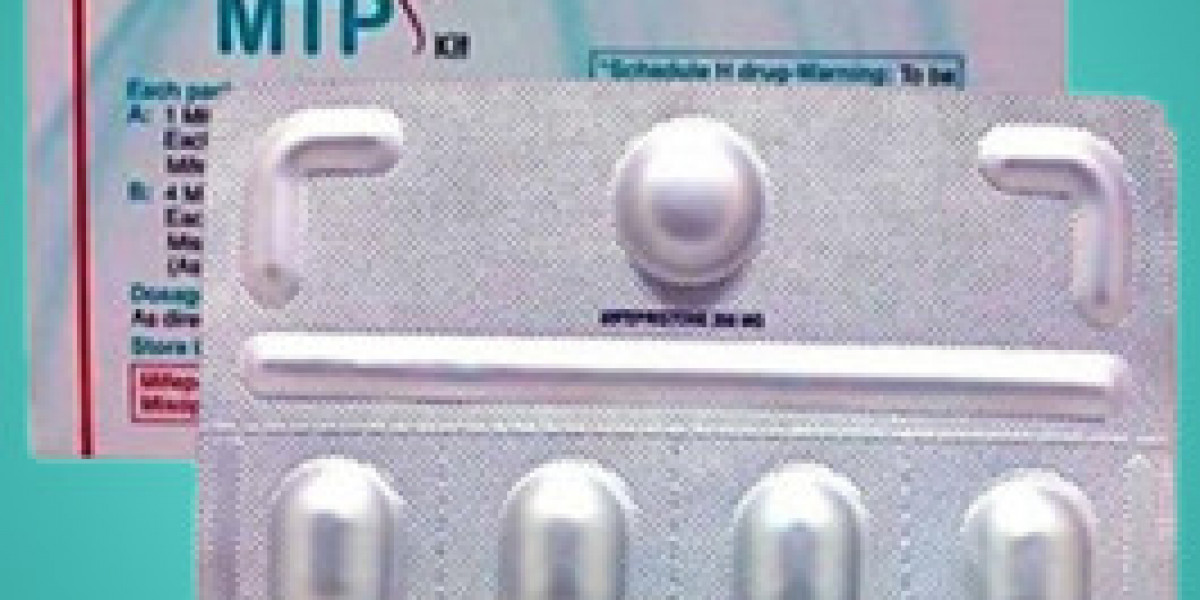Knee pain is a common complaint that affects people of all ages and activity levels. Whether you’re bending to tie your shoes, climbing stairs, or simply walking across the room, the joint that connects your thigh bone (femur) to your shin bone (tibia) endures substantial load and movement. When something goes wrong, discomfort, clicking or instability can follow — and left unaddressed, what started as a minor niggle may become a chronic problem that interferes with everyday life.
What Happens When the Knee Hurts
Your knee joint comprises bones, ligaments, cartilage and fluid‐filled sacs (bursae). Everyday movements and sporting activities place repeated stresses on this elegant structure. Sudden trauma (such as a twist or direct blow) and gradual wear of tissues both play a role in knee pain. For example, twisting the knee while your foot is planted can injure ligaments or cartilage; conversely, years of repeated bearing of body weight can wear down the cartilage and lead to degenerative conditions. Proback Advanced Back Care
Common Causes of Knee Pain
Here are several frequent sources of discomfort around the knee:
Ligament damage: The knee has four major ligaments (front, back, both sides). Injury to one of these—often from a sudden change of direction or impact—can cause swelling, pain on movement and difficulties bearing weight.
Meniscus tear: The meniscus is a shock‐absorbing cartilage piece between femur and tibia. A tear often happens when the knee is twisted under load, causing pain, swelling and sometimes a “crunching” sound or sensation.
Bursitis: Small fluid sacs (bursae) help tendons and ligaments slide over bone. When inflamed or damaged, they can cause painful swelling.
Osteoarthritis: A wear-and-tear condition in which cartilage gradually deteriorates, leading to pain, stiffness and often clicking or crunching noises. The joint becomes weaker and more vulnerable to further injury.
Fracture: A sudden trauma to a part of the knee (for example around the kneecap) can result in intense pain when moving or touching the area.
Tendinitis: Overuse of tendons — for instance the patellar tendon under the kneecap — can lead to painful inflammation and difficulty in bending the knee or going up/down stairs.
Patellofemoral pain syndrome (Runner’s Knee): Common in runners and active individuals. Pain is felt around or behind the kneecap and might make simple activities like sitting, walking uphill or using stairs uncomfortable.
Recognising the Signs
Symptoms vary depending on the exact cause, but some of the most common features include:
Swelling around the knee joint
Stiffness and reduced ability to bend or straighten the knee
A hot or warm feeling around the area
Clicking, crunching or “pop” noises when moving the knee
A sense of instability, or the knee giving way under weight Proback Advanced Back Care
Why Addressing the Cause Matters
It’s tempting to simply take pain‐relief pills or avoid movement until things feel better. But painkillers may temporarily reduce discomfort without tackling the underlying problem. Left untreated, knee pain — and associated clicking or instability — may worsen, making everyday movements such as walking, bending, or climbing stairs increasingly difficult.
Early and accurate diagnosis helps guide treatment and increases the chance of a full recovery, rather than a chronic condition forcing lifestyle compromises.
How to Manage & Treat Knee Pain
A structured approach yields the best outcomes:
Diagnosis – A thorough examination (and if indicated imaging) helps to identify the precise source of the problem (ligament, cartilage, tendon, bursa, etc.).
Treat the underlying cause, not just the pain – Depending on diagnosis, treatments may differ. For example, advanced therapies may help injured ligaments and improve knee stability.
Tailored therapies & rehabilitation – It may include:
Laser therapy to boost circulation, support cellular repair and reduce inflammation.
Prolotherapy or other injection‐based treatments designed to re-activate blood flow in poorly healing ligaments and stimulate repair. Proback Advanced Back Care
Shockwave therapy to break down scar tissue and improve mobility around the joint.
Rehabilitation exercises to gently rebuild strength, flexibility and restore knee function once acute symptoms are under control.
Lifestyle & activity modifications – Until recovery is well underway, reducing load on the knee (e.g., skipping high‐impact sports, limiting deep knee‐bends) helps healing. Once improved, gradual return to activity with supportive strengthening is key. Proback Advanced Back Care
When You Should Seek Professional Help
If you experience any of the following, it’s important to consult a specialist rather than waiting for self‐management alone:
Persistent swelling or stiffness beyond a few days
Sudden inability to bear weight or straighten/bend the knee
Loud popping or violent giving‐way episodes
Symptoms worsening despite rest and simple measures
In Summary
Knee pain is a red flag that something within the joint or its supporting structures is compromised. Recognising the cause, obtaining a proper diagnosis, and committing to targeted treatment and rehabilitation can help you move from pain and clicking to strength and mobility. Don’t let persistent knee discomfort silently rob you of activity, independence and quality of life — take action early for better outcomes.








